Are you curious about the container shipping costs from China to the Netherlands?
Understanding these costs is essential for anyone looking to transport goods efficiently and affordably. In this article, we’ll explore the key factors influencing shipping expenses, including shipping routes, container sizes, and modes of transport. In this comprehensive guide, we’ll break down the costs associated with both 20ft and 40ft containers, along with additional fees that may arise. By the end, you’ll be equipped with valuable tips to reduce your shipping costs effectively.
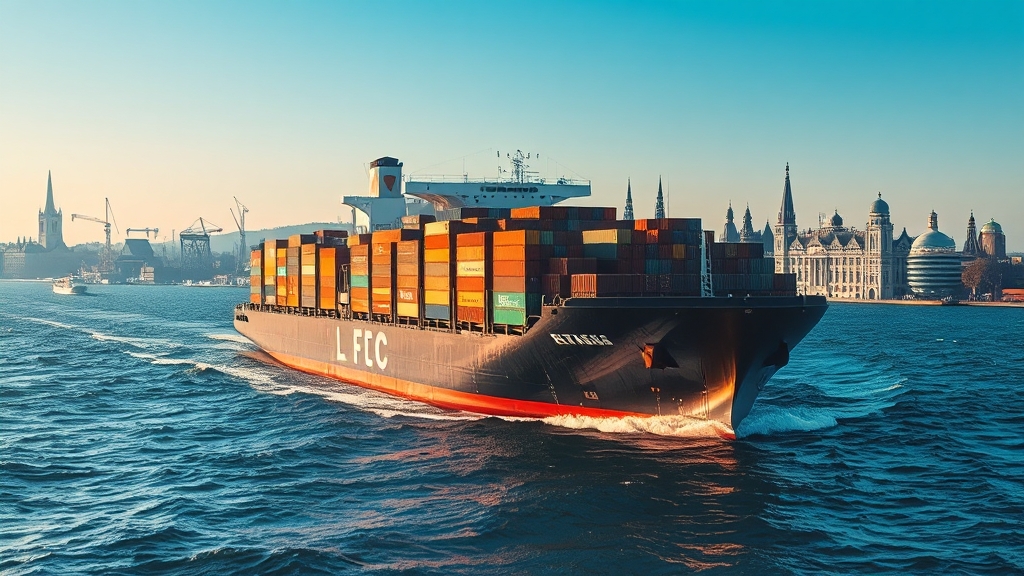
Understanding Container Shipping Costs from China to Netherlands
Container shipping costs from China to the Netherlands represent a crucial aspect of global trade, particularly for businesses looking to import goods efficiently and cost-effectively. Understanding these costs is essential for importers to budget accurately and optimize their shipping strategies. The total shipping cost is not merely a reflection of the freight charge but a composite of several factors, including logistical considerations, market demand, and additional fees incurred throughout the shipping process.
According to recent statistics, the container shipping market has seen fluctuations in pricing due to various global trends, such as disruptions in supply chains and varying demand for goods. For instance, the World Bank reports that global shipping costs peaked in 2021, showing a steep rise of over 300% from previous years. This significant increase has led to greater scrutiny of shipping expenditures and has underscored the importance of selecting an experienced freight forwarder, like Dantful International Logistics, to navigate these complexities. For more insights, you may explore Shipping From China to Netherlands.
Key Factors Influencing Shipping Costs
Shipping Route and Distance
The shipping route and distance between China and the Netherlands are significant contributors to overall shipping costs. The most commonly used route is through the South China Sea, navigating via the Suez Canal before reaching major Dutch ports such as Rotterdam or Amsterdam. The total distance for this journey is approximately 20,000 kilometers by sea, which can influence transit times and costs. Shorter or less congested routes may result in lower shipping costs, but they may not always be feasible depending on various maritime conditions.
Container Size: 20ft vs. 40ft
The choice between a 20ft and 40ft container can significantly alter shipping costs. A 20ft container typically has a volume of 33 cubic meters and can carry around 10-11 tons of cargo, making it suitable for smaller shipments. In contrast, a 40ft container has a volume of approximately 67 cubic meters and can carry up to 20-22 tons, providing a more cost-effective option for larger shipments. When assessing shipping costs, it’s important to consider the volume and weight of the cargo, as shipping rates are often calculated based on the greater of the actual weight or volumetric weight.
| Container Size | Volume (m³) | Weight Capacity (tons) | Average Cost (USD) |
|---|---|---|---|
| 20ft | 33 | 10-11 | $1,200 – $1,500 |
| 40ft | 67 | 20-22 | $2,000 – $2,500 |
Mode of Transport: FCL vs. LCL
Another critical factor impacting shipping costs is the mode of transport—Full Container Load (FCL) versus Less than Container Load (LCL). FCL involves shipping a full container exclusively reserved for one customer, which often results in lower per-unit shipping costs as the container is filled to capacity. This mode is ideal for larger shipments.
On the other hand, LCL allows several customers to share a container, lowering costs for smaller shipments but potentially increasing the overall shipping time due to the need for consolidation and deconsolidation processes. The trade-off between FCL and LCL should be carefully evaluated based on shipment volume, urgency, and overall budget. For further details, consider checking what is lcl and fcl in shipping.
In summary, understanding the key factors influencing shipping costs—from the shipping route and distance to the size of the container and mode of transport—is essential for making informed decisions regarding imports from China to the Netherlands. By leveraging the expertise of a professional freight forwarder like Dantful International Logistics, importers can navigate these intricacies effectively, ensuring their goods are shipped efficiently while keeping costs manageable. Explore more about Dantful International Logistics.
Read More:
- Shipping From China To Netherlands
- Shipping From China To Spain
- Shipping From China To Germany
- Shipping From China To France
- Shipping From China to Italy
- Shipping From China To Poland
- Shipping From China to United Kingdom
Shipping Costs for Containers from China to Netherlands
When considering international trade, understanding the shipping costs for containers from China to the Netherlands is crucial for budgeting and planning. Container shipping costs are influenced by various factors, including the type and size of the container, the shipping method, and any additional fees that may apply.
20 ft Container Shipping Cost from China to Netherlands
The cost of shipping a 20 ft container from China to the Netherlands typically ranges from $1,500 to $3,000 depending on the shipping line, route, and other variables. This cost can vary based on the following breakdown:
| Cost Component | Estimated Cost ($) |
|---|---|
| Ocean Freight Rate | $1,200 – $1,800 |
| Port Fees | $200 – $400 |
| Customs Clearance Charges | $100 – $300 |
| Insurance | $50 – $100 |
| Total Estimated Cost | $1,500 – $3,000 |
This cost breakdown illustrates that while the ocean freight rate constitutes the bulk of the expense, additional charges such as port fees and customs clearance cannot be overlooked.
40 ft Container Shipping Cost from China to Netherlands
Shipping a 40 ft container incurs higher costs due to its increased capacity. The typical cost range for a 40 ft container from China to the Netherlands is approximately $2,500 to $4,500. Here is a detailed cost breakdown:
| Cost Component | Estimated Cost ($) |
|---|---|
| Ocean Freight Rate | $1,800 – $2,800 |
| Port Fees | $300 – $600 |
| Customs Clearance Charges | $100 – $400 |
| Insurance | $100 – $150 |
| Total Estimated Cost | $2,500 – $4,500 |
The increased costs are primarily due to the larger size and weight of the 40 ft container, which can accommodate more goods and, consequently, incur additional handling and operational fees.
Comparison of FCL and LCL Shipping Costs
When discussing shipping costs, it’s essential to differentiate between Full Container Load (FCL) and Less than Container Load (LCL) methods. The choice between FCL and LCL can significantly impact shipping expenses.
| Shipping Method | Cost ($) | Advantages | Disadvantages |
|---|---|---|---|
| FCL (Full Container Load) | $1,500 – $4,500 | Lower per-unit cost; full use of container space | Higher upfront cost; requires more cargo volume |
| LCL (Less than Container Load) | $200 – $1,200 (per cubic meter) | Flexibility in shipping smaller quantities | Higher per-unit cost; potential for longer transit times |
FCL is generally more cost-effective for larger shipments, while LCL is suitable for smaller volumes but tends to be more expensive on a per-unit basis.
Additional Fees and Charges
Shipping costs extend beyond the basic freight rates. Several additional fees and charges are involved in the shipping process from China to the Netherlands.
Port Fees and Handling Charges
Port fees can vary significantly depending on the port of departure and arrival. Typical port fees can range from $200 to $600, covering costs such as:
- Docking fees
- Loading and unloading charges
- Storage fees
These charges can add up and should be considered when calculating total shipping costs.
Customs Duties and Taxes
Upon arrival in the Netherlands, customs duties and taxes will apply. The following are key components to consider:
- Import Duty: Varies based on product classification.
- Value Added Tax (VAT): Typically around 21% in the Netherlands.
It’s crucial to work with an experienced freight forwarder like Dantful International Logistics to navigate customs clearance and ensure compliance with all regulations.
Tips for Reducing Container Shipping Costs
Reducing shipping costs requires strategic planning and decision-making. Here are some tips to consider:
Choosing the Right Freight Forwarder
Selecting a reliable freight forwarder is critical to minimizing costs. Dantful International Logistics is a highly professional, cost-effective, and high-quality one-stop international logistics service provider. By leveraging our comprehensive services, including Ocean Freight, Air Freight, Customs Clearance, and more, you can ensure that your shipments are handled efficiently and economically.
Consolidating Shipments for Cost Efficiency
If you have smaller shipments, consider consolidating them to take advantage of LCL shipping. This approach allows you to share container space with other shippers, ultimately reducing per-unit costs. Working with an experienced logistics partner can help you optimize your shipment consolidation efforts.
In conclusion, understanding the shipping costs associated with containers from China to the Netherlands is essential for effective logistics management. By being aware of the various cost components, additional fees, and strategies to reduce expenses, importers can make informed decisions that enhance their overall shipping experience.

Young Chiu is a seasoned logistics expert with over 15 years of experience in international freight forwarding and supply chain management. As CEO of Dantful International Logistics, Young is dedicated to providing valuable insights and practical advice to businesses navigating the complexities of global shipping.

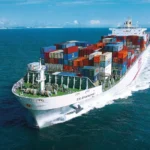

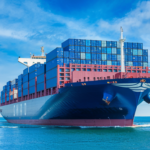



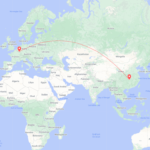
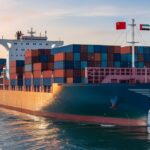
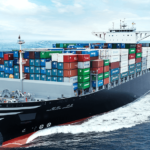
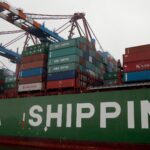
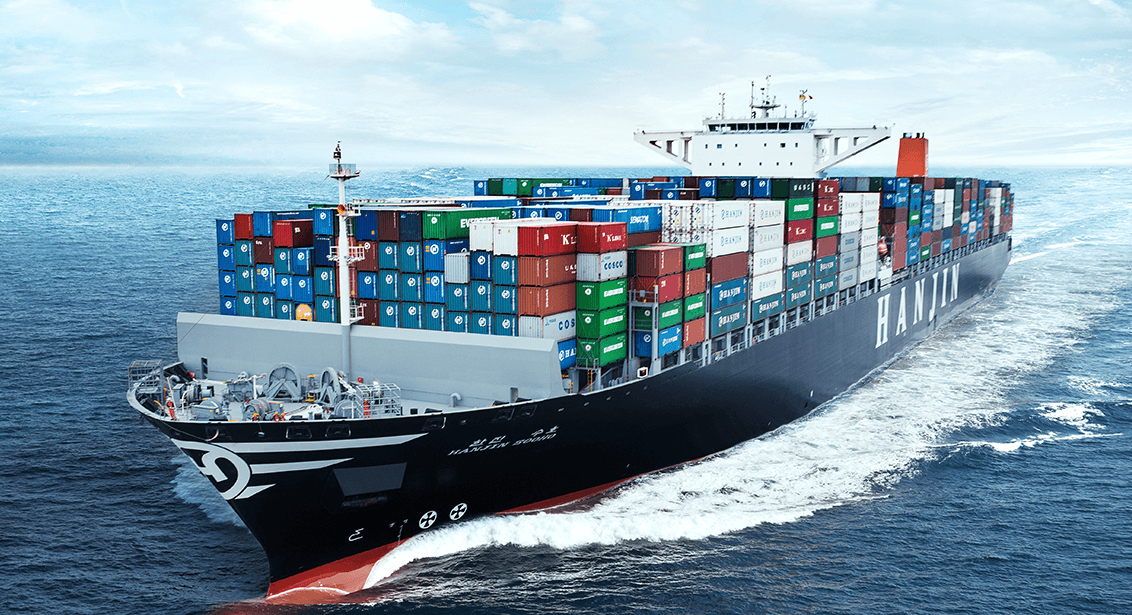
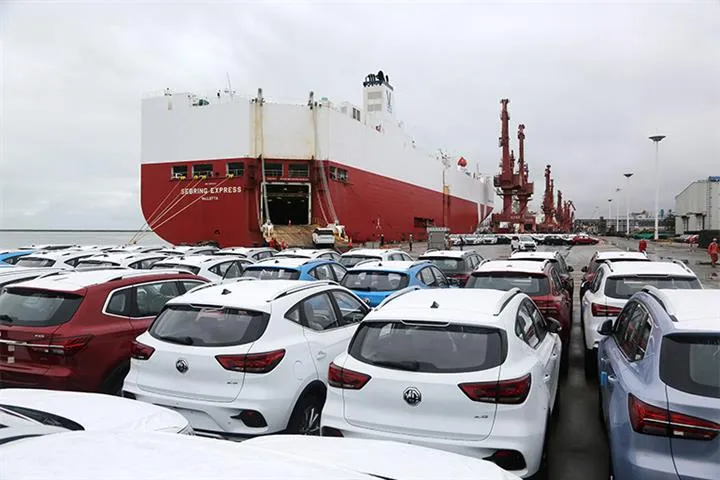

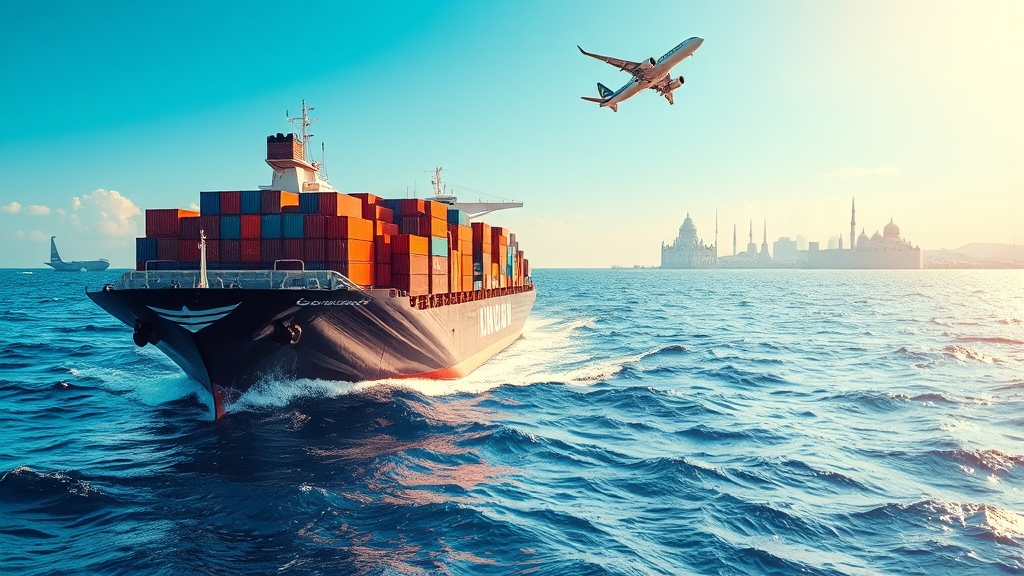
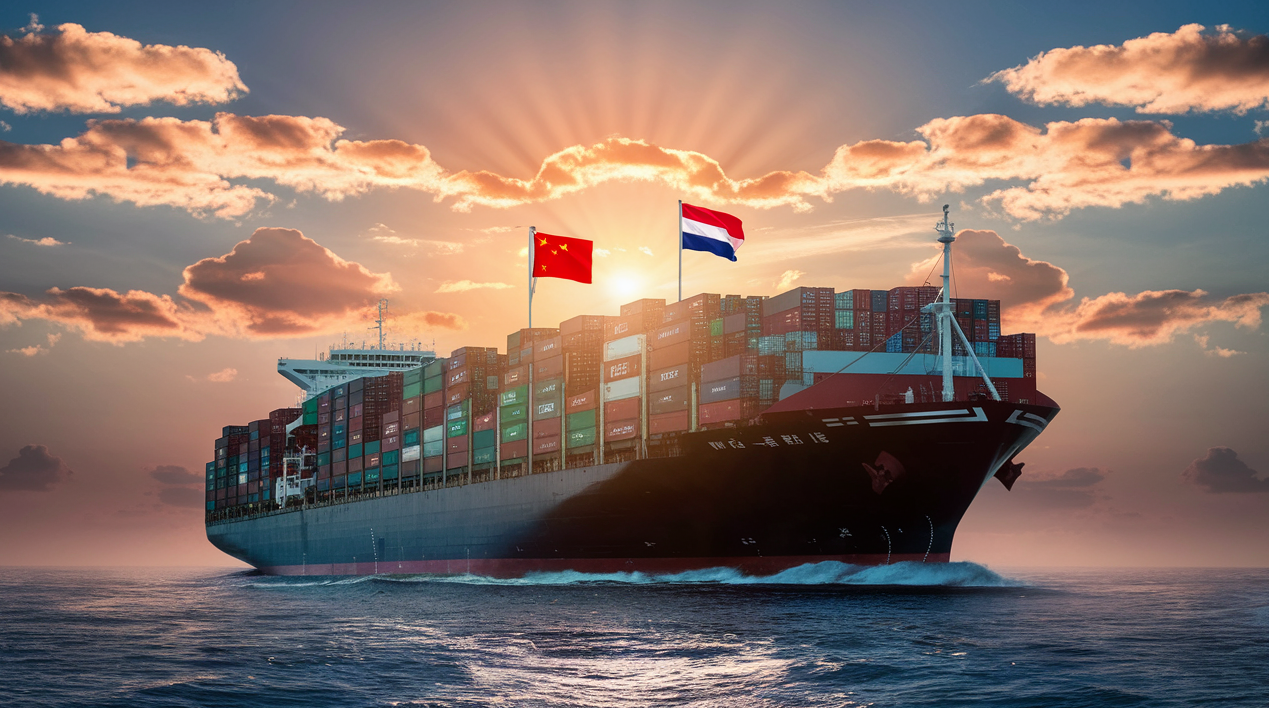
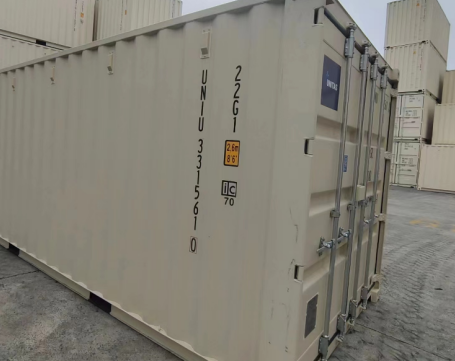
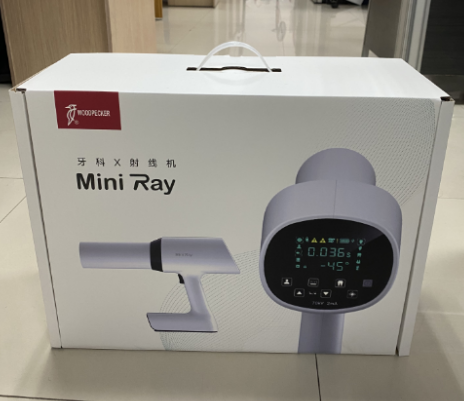
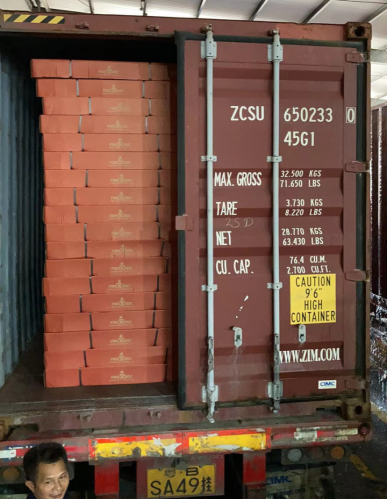
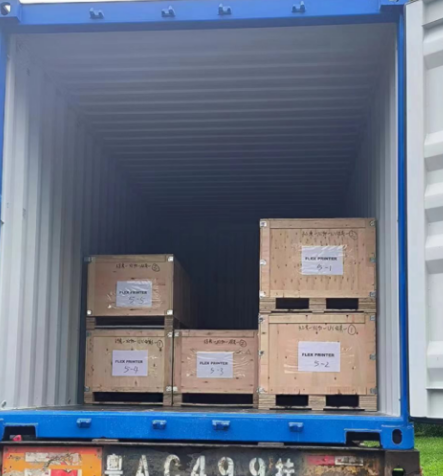
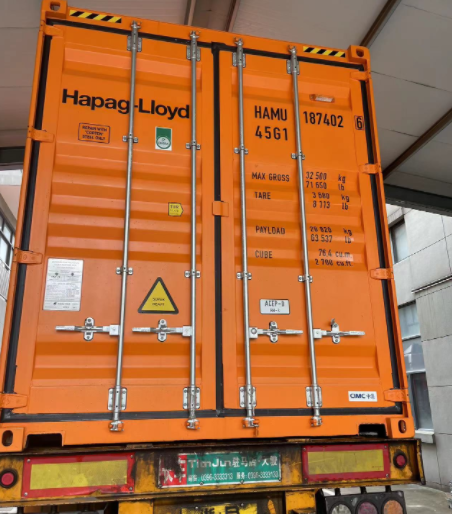
 Afrikaans
Afrikaans Shqip
Shqip አማርኛ
አማርኛ العربية
العربية Հայերեն
Հայերեն Azərbaycan dili
Azərbaycan dili Euskara
Euskara Беларуская мова
Беларуская мова বাংলা
বাংলা Bosanski
Bosanski Български
Български Català
Català Cebuano
Cebuano Chichewa
Chichewa 简体中文
简体中文 繁體中文
繁體中文 Corsu
Corsu Hrvatski
Hrvatski Čeština
Čeština Dansk
Dansk Nederlands
Nederlands English
English Esperanto
Esperanto Eesti
Eesti Filipino
Filipino Suomi
Suomi Français
Français Galego
Galego ქართული
ქართული Deutsch
Deutsch Ελληνικά
Ελληνικά Kreyol ayisyen
Kreyol ayisyen Harshen Hausa
Harshen Hausa Ōlelo Hawaiʻi
Ōlelo Hawaiʻi עִבְרִית
עִבְרִית हिन्दी
हिन्दी Hmong
Hmong Magyar
Magyar Íslenska
Íslenska Igbo
Igbo Bahasa Indonesia
Bahasa Indonesia Gaeilge
Gaeilge Italiano
Italiano 日本語
日本語 Basa Jawa
Basa Jawa ಕನ್ನಡ
ಕನ್ನಡ Қазақ тілі
Қазақ тілі ភាសាខ្មែរ
ភាសាខ្មែរ 한국어
한국어 كوردی
كوردی Кыргызча
Кыргызча ພາສາລາວ
ພາສາລາວ Latin
Latin Latviešu valoda
Latviešu valoda Lietuvių kalba
Lietuvių kalba Lëtzebuergesch
Lëtzebuergesch Македонски јазик
Македонски јазик Malagasy
Malagasy Bahasa Melayu
Bahasa Melayu മലയാളം
മലയാളം Maltese
Maltese Te Reo Māori
Te Reo Māori मराठी
मराठी Монгол
Монгол ဗမာစာ
ဗမာစာ नेपाली
नेपाली Norsk bokmål
Norsk bokmål پښتو
پښتو فارسی
فارسی Polski
Polski Português
Português ਪੰਜਾਬੀ
ਪੰਜਾਬੀ Română
Română Русский
Русский Samoan
Samoan Gàidhlig
Gàidhlig Српски језик
Српски језик Sesotho
Sesotho Shona
Shona سنڌي
سنڌي සිංහල
සිංහල Slovenčina
Slovenčina Slovenščina
Slovenščina Afsoomaali
Afsoomaali Español
Español Basa Sunda
Basa Sunda Kiswahili
Kiswahili Svenska
Svenska Тоҷикӣ
Тоҷикӣ தமிழ்
தமிழ் తెలుగు
తెలుగు ไทย
ไทย Türkçe
Türkçe Українська
Українська اردو
اردو O‘zbekcha
O‘zbekcha Tiếng Việt
Tiếng Việt Cymraeg
Cymraeg יידיש
יידיש Yorùbá
Yorùbá Zulu
Zulu